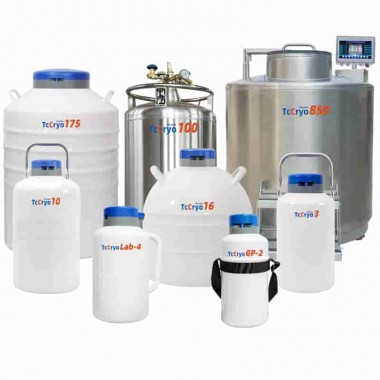Liquid nitrogen cans used for storing both nitrogen and biological samples typically have a lifespan of 5 to 8 years, with proper maintenance potentially extending this to 10 or even 15 years.
Over this period, various issues may arise, including the need for refilling, possible movement of the liquid nitrogen jar, internal temperature fluctuations, equipment aging, and routine inspections and cleaning.
An unexpected problem might be a noticeable increase in the outer temperature of the container. What causes this, and how should it be addressed?
First, identify the cause before taking action.
The most likely reason for increased external temperature is an issue with the container’s vacuum insulation. However, it could also be due to improper placement, such as near heat sources like heaters or hot equipment. In such cases, external heat transfers to the container, causing the temperature to rise. This isn't a vacuum failure but can lead to faster nitrogen evaporation, creating a false impression of vacuum loss.
If placement isn’t the issue, then a drop in vacuum level is the likely culprit. Liquid nitrogen containers rely on a good vacuum to maintain insulation. If there’s a small leak in the vacuum layer or valve, external heat can easily enter, causing more nitrogen evaporation and an increase in external temperature.
In this case, contact the manufacturer for diagnostics and determine if the issue can be repaired. If not, the liquid nitrogen can may need to be replaced.








